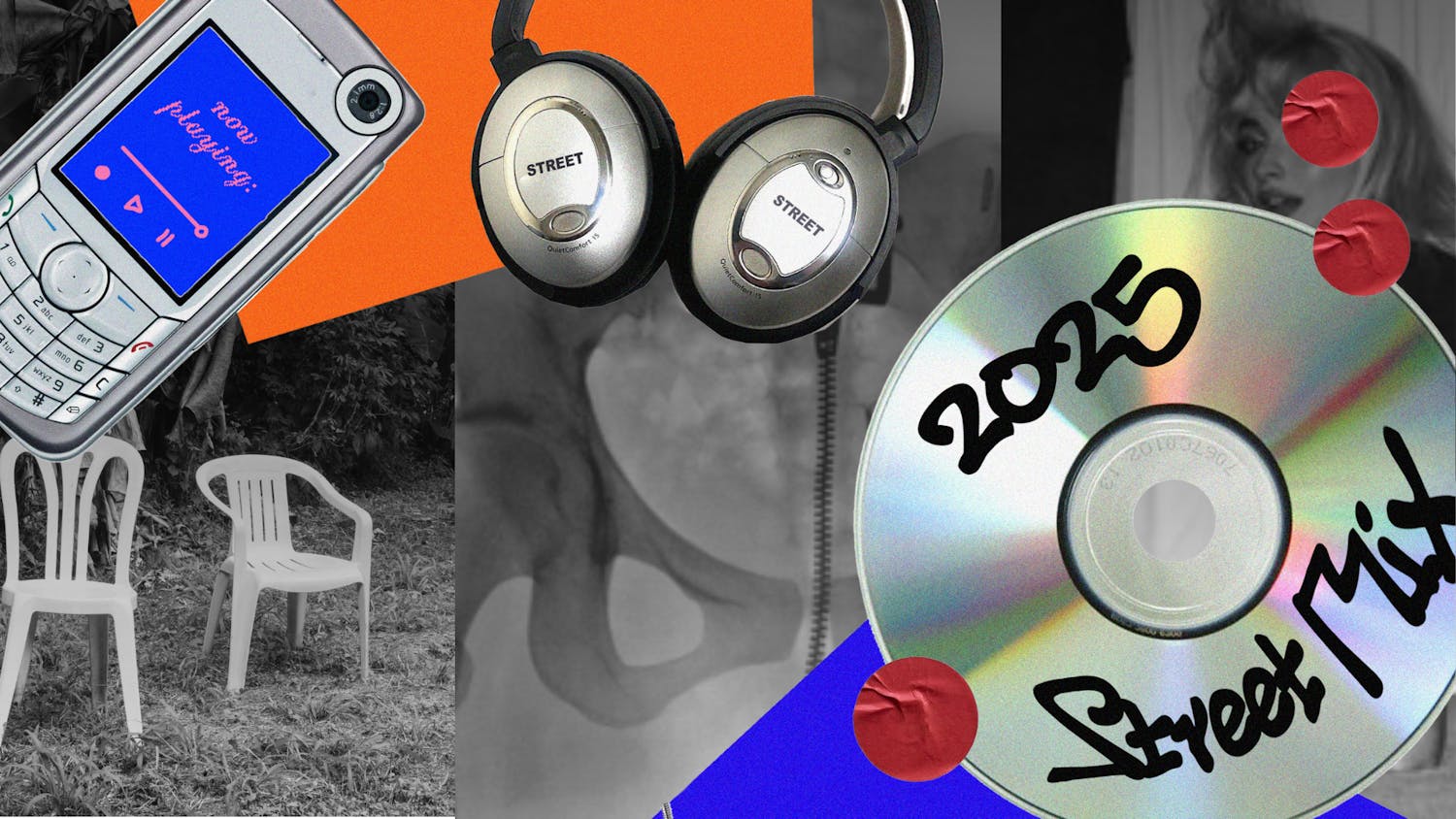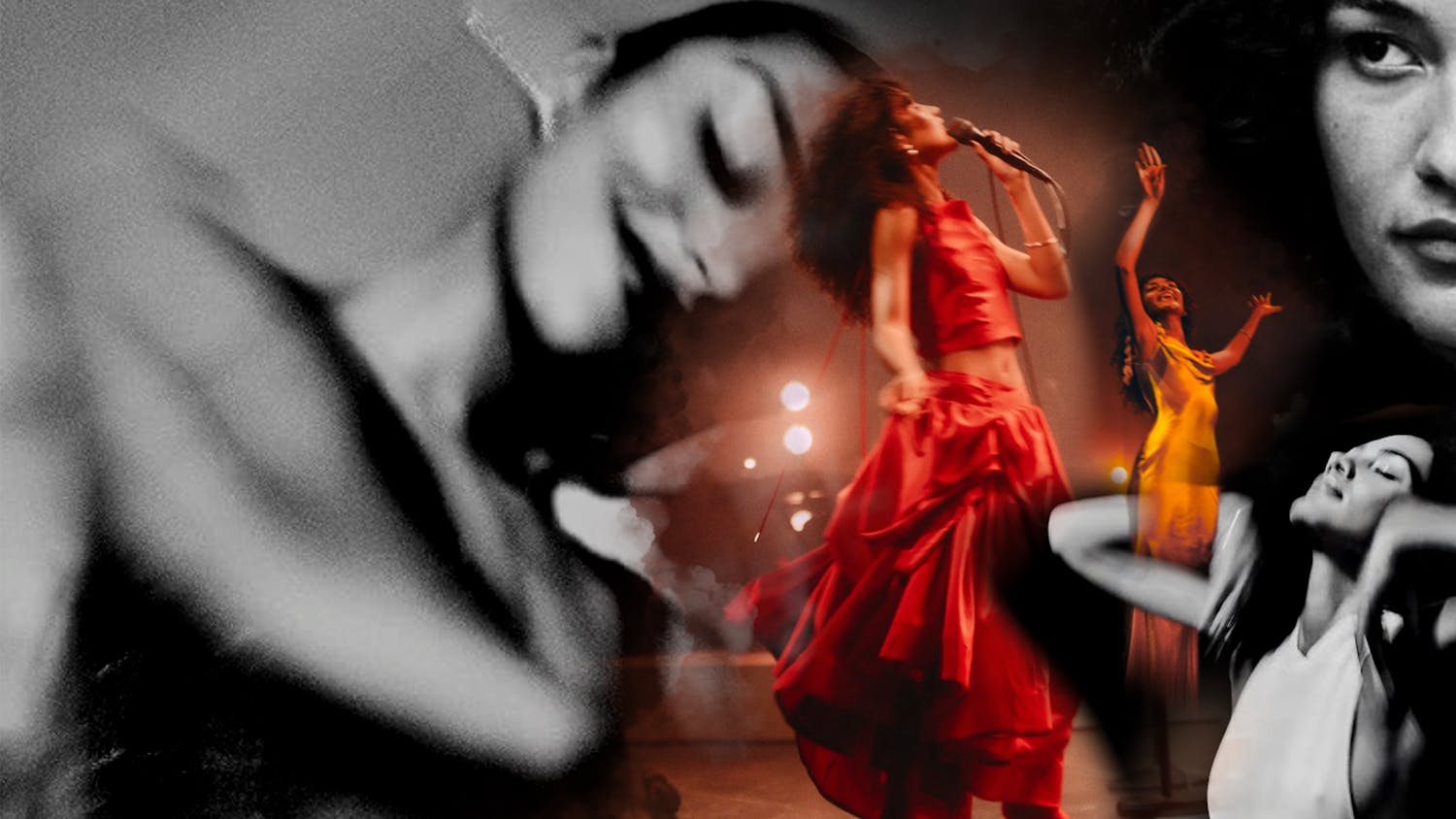She commands you to just dance, she’s caught in a bad romance, she was born this way—most recently, she lives for the applause. Gaga’s latest album “Artpop” is a departure from her previous chart–topping releases in many ways, one of which is the heavy referencing and influence of the art world in Gaga’s work as a musician. It is easy to point to parts of Gaga’s work that have been inspired by art up to this point, from her Warhol–inspired yellow hair in the “Telephone” video to her religiously inspired songs and music videos like “Judas” and “Alejandro.” While the lyrics amount to little more than a string of incoherent words, her song “Schieße” is in German, one of the traditional academic languages of art history. However, in “Artpop,” Gaga has incorporated the art world on a much more sophisticated level, transforming her into a performance artist.
The name and the artwork of the album are easily recognizable as direct references to the art world. “Artpop,” beyond the obvious reference to both art and pop culture, is an inversion of the Pop art movement, which was largely popularized by artists such as Andy Warhol and Roy Lichtenstein. Pop art’s messages of consumerism and mass culture were combined with a taste for bold and striking imagery, literally branding our minds with art. This same strategy is employed by Gaga in “Artpop,” where on the album cover she is iconically shown as the new Venus. This cover was designed by a current superstar in the contemporary art world, Jeff Koons, whose pieces have found their way into museums, onto racecars and somehow regularly sell for millions of dollars. Much like any other Venus in art, Gaga is shown nude, although she has covered herself with her bleached wig and a large blue ball, which were also designed by Koons. Her paleness further promotes her as a sculpture of Venus, making herself an object of desire. Fractured behind her is Sandro Botticelli’s “The Birth of Venus,” which places Gaga in the legacy of iconic images of female nudes and, more specifically, in the legacy of iconic pieces of art.
Gaga’s cultural referencing within the art field does not stop there. In her “Applause” video, Gaga references the German Expressionist films “Metropolis” (1927) and “Dr. Caligari” (1920), Andy Warhol, the stock-clown character Pierrot, Icarus, Aphrodite and centaurs, among a dozen others. The inclusion of art history buzzwords and themes in “ARTPOP” would convey the sense of Gaga’s desire to be a performance artist instead of a mere musician. Afterall, she did go to Tisch; it doesn’t come as unexpected that she’s influenced by the arts. In “Applause,” she even sings, “One second I’m a Koons, then suddenly the Koons is me/Pop culture was in art, now art’s in pop culture in me,” in which she is clearly connecting herself to the art world. And yet, she has filled this album with some signature Gaga moves outside of the traditional art world; two of the tracks are direct references to the fashion world (“Fashion!” and “Donatella”), some are self-referencing tracks (“Gypsy” is sounds similar to “Americano,” while incorporating the serial killer character from “Telephone”), and a few songs seem so straight–forward they had to be written under the influence (much like “Just Dance,” Gaga is not so subtle with her suggestive lyrics in “Mary Jane Holland,” where she notes “I think we’d have a good time/If you’d meet me and Mary Jane in Holland tonight”). It’s clear that with the lyrics and tracks of ARTPOP Gaga is still more interested in musical affect than in categorizing herself as a contemporary artist. As a pop musician, it makes sense that Gaga isn’t interested in an academic approach to art; simply putting “art” in front of a word does not make it so.






